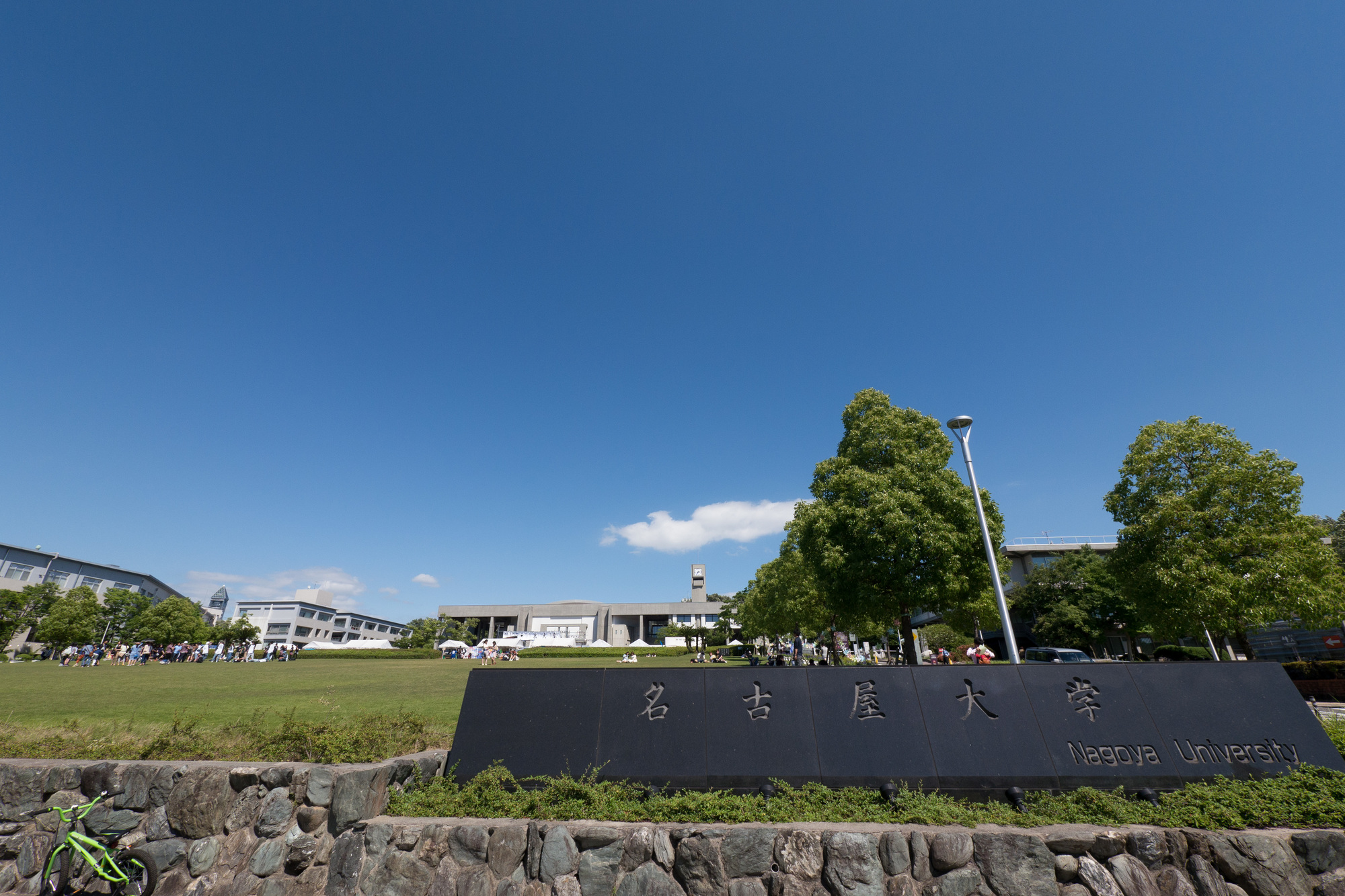A research group led by Takaki Yahiro, a graduate student at the Graduate School of Nagoya University, has clarified the neural pathways in the brain that induce thermoregulatory behavior to escape from heat and cold and seek a comfortable temperature environment.
Animals such as humans have thermoregulatory behaviors.For example, tortoise shell drying, or humans wearing light clothing in the summer and using air conditioning, and wearing heavy clothing in the winter and using heating.Although this is a common behavior, the neural mechanisms in the brain that drive this behavior were unknown.
In 2017, the research group reported that a brain region called the lateral parabrachial nucleus is necessary for thermoregulatory behavior.In this study, we analyzed how neurotransmission via the lateral parabrachial nucleus induces thermoregulatory behavior in rats.
As a result, it was found that two different neuronal groups in the lateral parabrachial nucleus transmit information about temperature sensation sensed by the temperature sensor in the skin to the median preoptic nucleus in the preoptic area, which is the temperature-regulating center of the forebrain, and the emotional center. It was found that this signal is transmitted to the central nucleus of the amygdala, and causes the behavior of escaping from heat and escaping from cold, respectively.
Thermoregulatory behavior is thought to be driven by discomfort caused by heat or cold (unpleasant emotions), and the neural pathways discovered in this study may be involved in the formation of unpleasant emotions due to temperature sensation.This finding will provide clues to clarify the cause of heatstroke and hypothermia due to the inability to appropriately form unpleasant emotions in the heat and cold.
We also found that these two neuronal groups in the lateral parabrachial nucleus are also required for the heat-producing response in brown adipose tissue in response to cold stimuli.The findings will facilitate a new understanding of the brain's neural circuitry mechanisms that maintain health by properly regulating body temperature and metabolism.In addition, it is said that there is a possibility that it will lead to the development of new obesity prevention and treatment technology that promotes fat metabolism.
Paper information:[Journal of Neuroscience] Two Ascending Thermosensory Pathways from the Lateral Parabrachial Nucleus That Mediate Behavioral and Autonomous Thermoregulation

